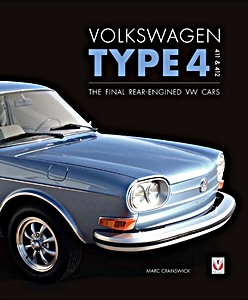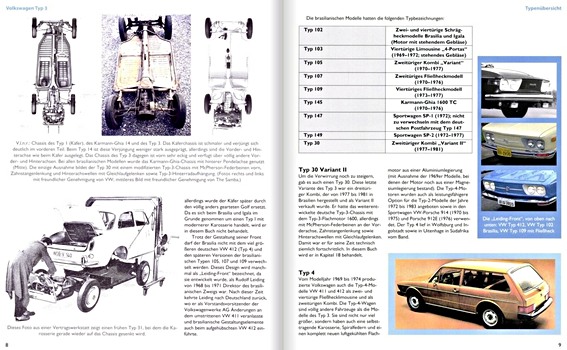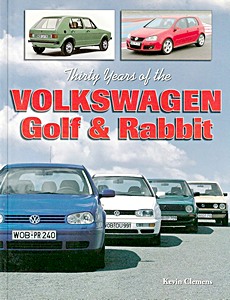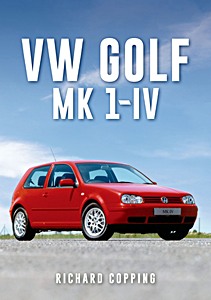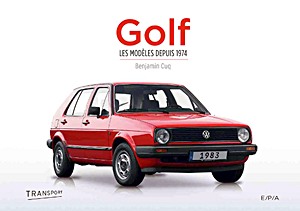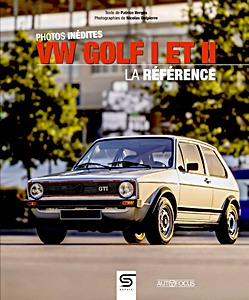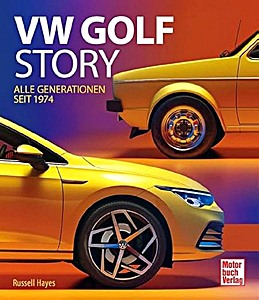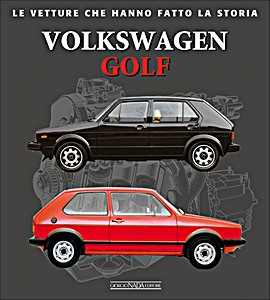The Book of the Volkswagen Type 3
This book tells the definitive international story of the Volkswagen Type 3. Simon Glen writes from first-hand experience, having owned seven Type 3s - five Variants, a 1500 Notchback and a 1500S Karmann - Ghia - which have been driven through Africa, Europe, Australia and New Zealand.
Covering the Type 3's 20 year production span, and detailing Type 3 Notchbacks, Fastbacks, Variants and the Karmann Ghia, this book provides a fascinating insight into the history and production of these classic cars.
Models covered:
- German-made Volkswagen Type 3 notchbacks, Fastbacks and Variants (1961 - 1973) VW Type 3 Karmann - Gia ( 1961 - 1969)
- South African - made VW Type 3s (1963 - 1969)
- Australian-made VW Type 3s (1963-1973)
- Brazilian VW versions similar to the VW Type 3s (1968-1981)
- Brazilian VW Karmann Ghia C
- the VWType 3s (1968-1981)
- Brazilian VW Karmann Ghia C and S models (1970 - 1976)
- Prototypes of these vehicles.
Models not covered: VW 'T3' (T25) Transporter.
Product details
| Author: | Simon Glen |
|---|---|
| Details: | 160 pages, 9.8 x 8.1 in (25 x 20.5 cm), hardback |
| Illustrations: | 1114 b&w and color photos |
| Publisher: | Veloce Publishing Ltd (GB, 2017) |
| ISBN: | 9781845849528 |
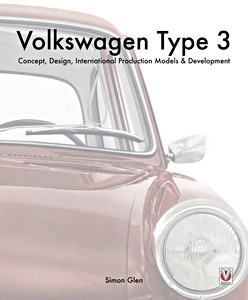
The Book of the Volkswagen Type 3
Language: English
Available on Amazon - safe payment and fast delivery
Buy on Amazon.comBuy on Amazon UK
Buy on Amazon CA

